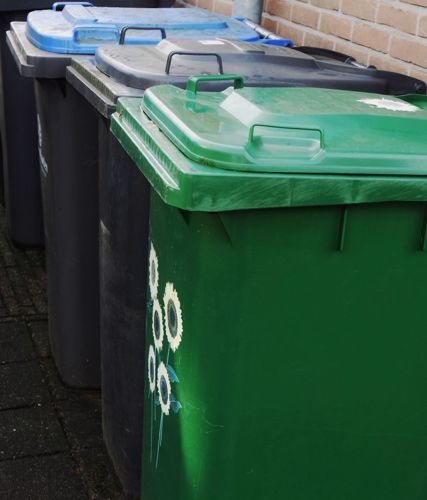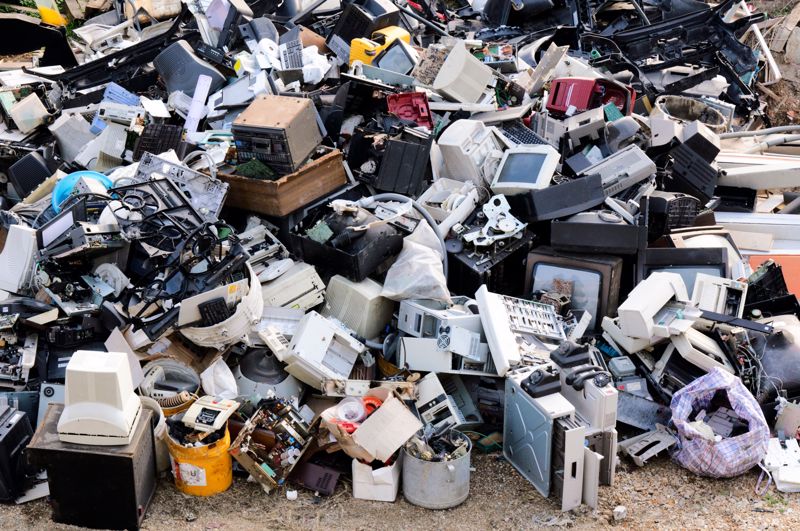
Tackling IoT e-waste
By Perle SystemsMarch 1, 2023
When we think of waste, we often imagine plastic bottles, empty food containers, sewage, air pollution and other refuse and pollutants. It's easy to forget about the litter our technological devices generates. Unfortunately, the proliferation of the internet of things (IoT) across all four corners of the globe means that e-waste production has increased, too. Let's take a look at how e-waste is defined, some current e-waste statistics, how IoT contributes to the problem and some ways to overcome it.
Defining e-waste
In short, it's any type of technology that's reached its end of life. E-waste includes all devices and accessories that use batteries or plugs. According to Statista, there are six primary e-waste categories:
- Lamps, including light bulbs.
- Small IT and telecom equipment such as cell phones.
- Screens and monitors, most notably TVs.
- Temperature exchange equipment, e.g. air conditioners and refrigerators.
- Large equipment (vending machines, for example).
- Small equipment like kettles and microwaves.
What the numbers say
Over 58 million US tons of e-waste is produced annually, averaging out to over 15 pounds per capita. Importantly, this number doesn't include undocumented e-waste, which is estimated to be around 48.5 million US tons every year. Based on the above source, e-waste production has grown by 60% over the past decade and is expected to reach over 82 million metric tons per year. The e-waste the world produces is guessed to be worth approximately $60 billion in materials such as gold, silver and copper.
How IoT contributes to e-waste
Naturally, as more people use devices that are connected to the internet and each other, more e-waste is produced. According to Finances Online, there are approximately 13 billion IoT devices in the world today — that's 5 billion more devices than there are people. Furthermore, per IoT Analytics, the number of IoT devices surpassed non-IoT ones in 2020. In 2023, there will be nine billion more IoT devices than non-IoT. Compound this with the fact that smart technologies have increasingly shorter lifespans and need to be replaced more often, the e-waste they generate will only continue growing.

Ways to manage e-waste
Unfortunately, vast amounts of e-waste are dumped in developing countries in Asia and Africa such as China and Ghana, the latter being home to the largest e-waste dump in the world. These e-waste repositories produce often fatal pollution by poisoning the soil and water supply with mercury, lead and flame retardants.
The good news is that e-waste can be managed by ordinary consumers, giant corporations and smaller companies, and often profitably. In fact, According to Yahoo Finance, the e-waste management market is set to be worth over $67 billion by 2030, with a compound annual growth rate (CAGR) of 3.5%.
So, how can e-waste be managed? Most obviously, a lot of it can be recycled. Minerals can be extracted from cables and microchips and used again in manufacturing new products. Many refuse facilities provide specific e-waste receptacles, and some tech manufacturers allow customers to return used devices in exchange for discounts on new purchases. Individuals can also consider repurposing or reselling used items.
Partner with Perle to protect the environment
We're proud to have an environmental protection policy in place to lessen the waste we produce when manufacturing our wide variety of IoT products for an even wider range of industries.



